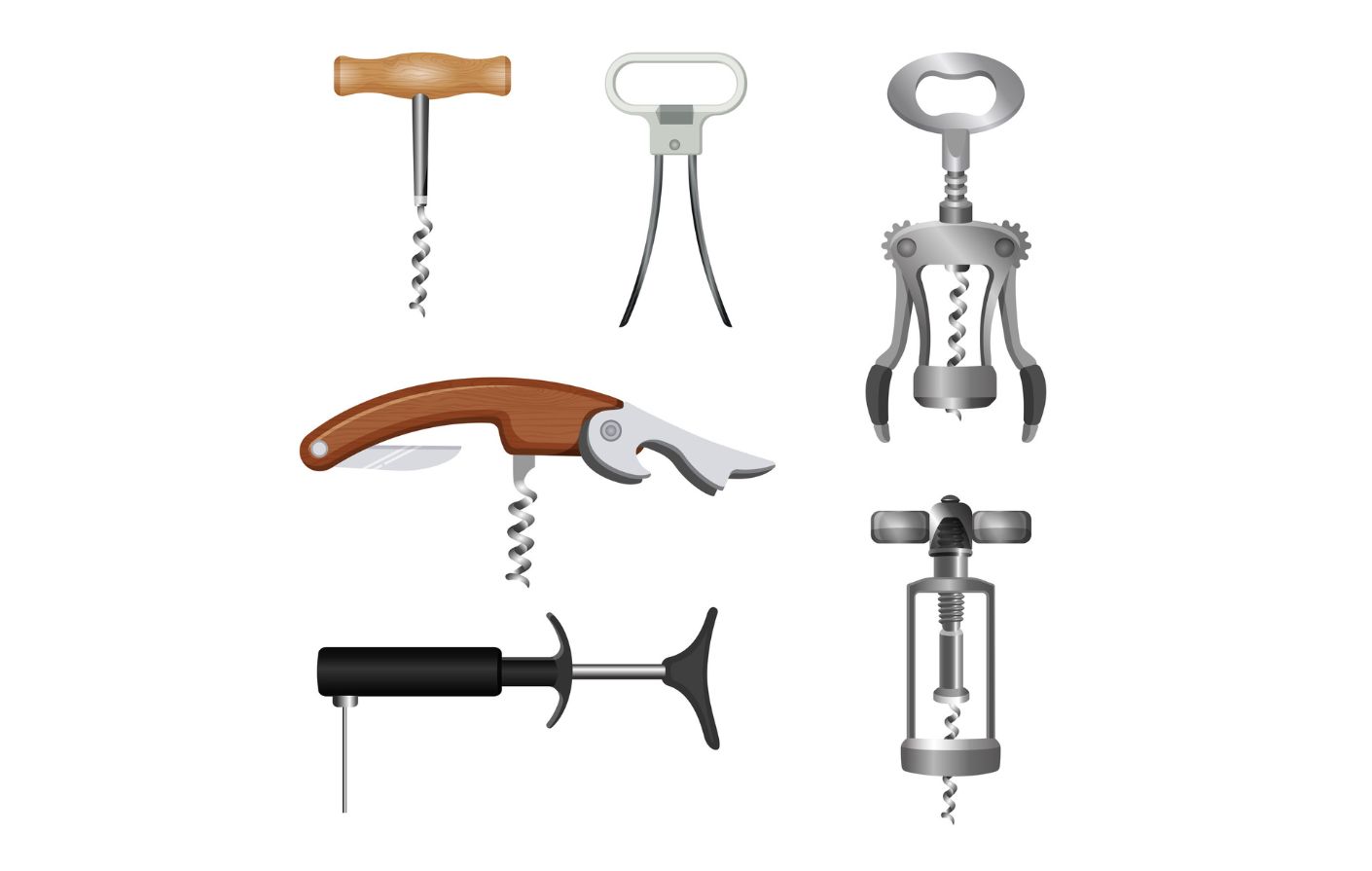A Small Tool for a Grand Experience
Behind every bottle of Piedmontese wine ready to be opened, there’s a small yet essential hero: the corkscrew. Seemingly simple, this tool has a long history, fascinating curiosities, and a surprising variety of forms and functions. In this article, we’ll explore the world of corkscrews: how to use them, the most common types, and why choosing the right one can enhance your wine experience.
A Brief History of the Corkscrew
The first patent for a corkscrew dates back to 1795, but its origin is linked to English military tools used to extract bullets from rifle barrels. From a weapon tool to a wine accessory, the transition was swift: with the spread of glass bottles and cork stoppers, the need for an effective opening tool became more pressing.
Types of Corkscrews
Over time, the corkscrew has evolved into various models, each with specific features:
1. T-Shaped Corkscrew
The simplest model: a T-shaped handle with a metal spiral. It requires strength and technique but remains a timeless classic.
2. Waiter’s Friend (Single Lever)
Loved by sommeliers and restaurant staff, it’s compact and includes a lever, spiral, and small knife to cut the foil. It allows for an elegant and precise opening.
3. Double Lever Corkscrew
An improved version of the previous model, with two leverage points that make extracting the cork in two stages easier. Ideal even for tougher corks.
4. Winged Corkscrew (Butterfly)
Equipped with two wings that rise as the spiral is turned: very popular for home use due to its ease of use.
5. Electric Corkscrew
Perfect for those who want to open a bottle with minimal effort. Battery-powered or plug-in, it operates at the press of a button.
6. Ah-So Corkscrew (Two-Prong)
Consists of two thin prongs that slide down the sides of the cork, allowing it to be removed without damage. Ideal for old bottles with fragile corks.
Which One to Choose?
The choice of corkscrew depends on your needs:
- For occasional home use, the winged model is perfect.
- For aged or valuable bottles, the Ah-So corkscrew is a must.
- Professionals often opt for the waiter’s friend due to its practicality and precision.
Fun Facts and Tips
- The English term “corkscrew” recalls the spiral shape of the tool.
- A good corkscrew should have a tapered spiral, not a sharp-pointed screw, to avoid breaking the cork.
- Some collectible corkscrews are made of fine materials and fetch high prices on the wine accessory market.
Conclusion
The corkscrew is not just a tool: it marks the beginning of every wine experience. Choosing it carefully means respecting the wine and enhancing every bottle—especially when it comes to Piedmontese excellence.

